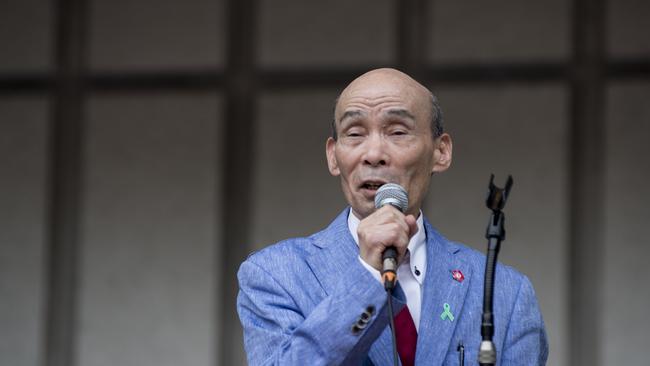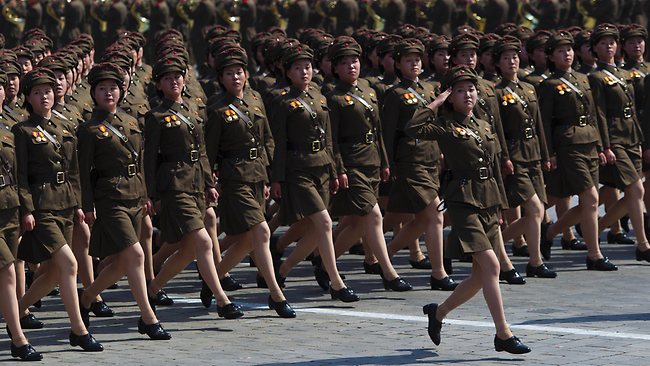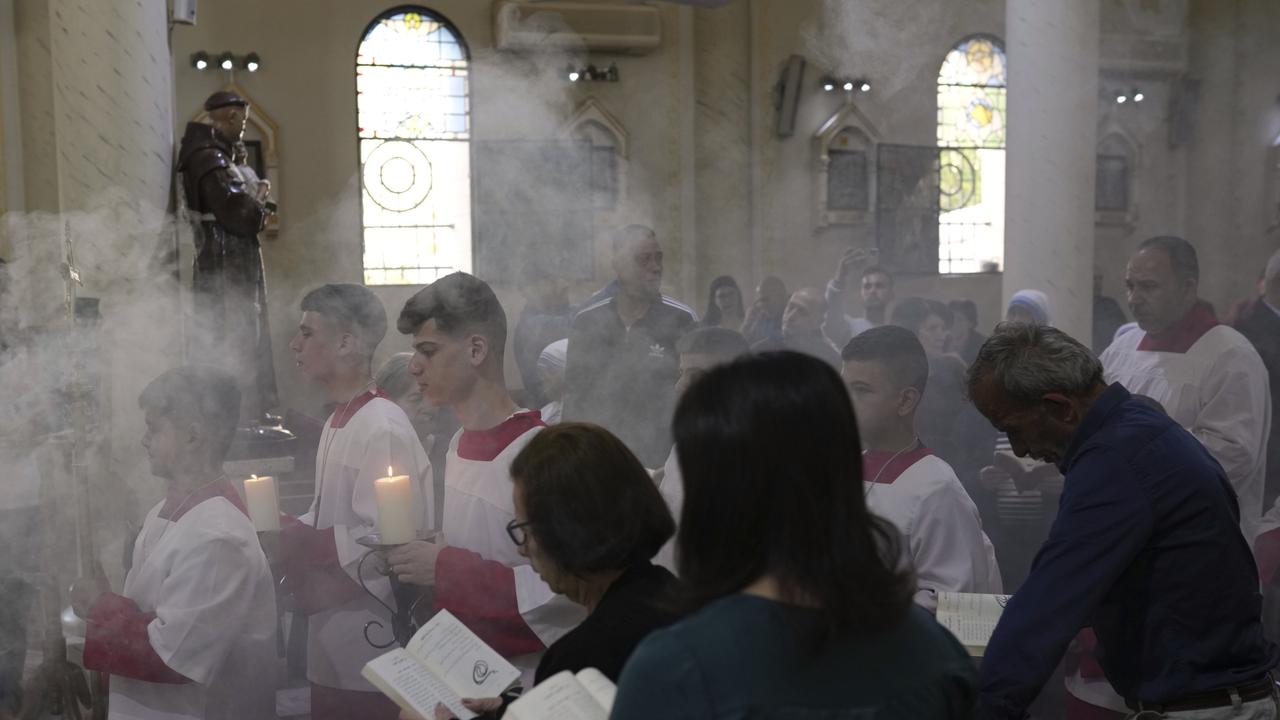Illiterate Japanese man sentenced to death may have been innocent
Japan’s lingering caste system was officially abolished in 1868. The country had its own untouchables, known there as the burakumin.

Caste systems are enduringly embedded in many countries, and history shows you can outlaw these cruel arrangements but they are woven into the fabric of societies and resistant to change.
India’s caste system – which saw at the bottom the Dalit people (untouchables) who were considered so low as to be outside its rigid classifications – was officially dismantled in 1947.
Not so many years ago a British select committee on foreign affairs studied “the widespread and egregious human rights abuses perpetrated in connection with the caste system in India”.
The committee reckoned that the lives of about 250 million Indians were blighted by being forced into hazardous work, while Dalit women “are sold into prostitution, and the use of Dalit child labour is widespread”.
Russia’s caste system was dismantled well before its 1917 revolution, but Vladimir Putin, like Joseph Stalin before him, draws on its “serfs” to fight in Ukraine, even recruiting them directly from jails. Wealthy Russians families easily avoid their sons being conscripted. As of February 1, the General Staff of Ukraine’s Armed Forces estimated that it had killed or injured 839,040 young Russians.
Less known is Japan’s lingering caste system, which was officially abolished in 1868. Japan has its own untouchables known as the burakumin. And antagonism to and discrimination against them persists, not least of which because the gangster yakuza mobs are largely recruited from their ranks.
Kazuo Ishikawa was born to the burakumin class, an unpopular, sometimes feared group descended from those who in previous centuries toiled in trades that involved death. They were butchers, leather workers, gravediggers and even executioners.
It is possible, but many believe unlikely, that Ishikawa murdered a young girl in what is popularly known as the Sayama Incident. He was never ruled innocent even though he fought until his last breath to prove it.
But the police work around it was evidence, many Japanese insist, that the caste system still rules Japanese life.
On May 1, 1963, Yoshie Nakata, who turned 16 that day, was on her way home from school when she was abducted a few kilometres south of Sayama. That night a ransom note was surreptitiously delivered to her home demanding 200,000 yen for her safe return.
The family called the police, who hatched a plan to catch the kidnapper. At midnight the next day the payment was to be made at a location nominated by whoever held Yoshie.
Her sister took a parcel of counterfeit notes there and a man approached her but, spooked, fled and was not caught despite 40 police being in attendance. Yoshie’s body was found on May 4. She had been raped and murdered. Her sister later took her own life.
Police begin to look at burakumin workers at the nearby pig farm whom locals blamed for theft and other crimes. On May 6, one of them, Okutomi Genji, died by jumping into a well. He was to have been married 10 days later. Investigators found he had the same blood group as Yoshie’s killer and that his handwriting was close to that on the ransom note. He had worked at the Nakata family farm.
But so had Ishikawa who, while being questioned about another crime, allegedly confessed to murdering Yoshie. But according to members of the Buraku Liberation League, a group formed to defend the interests of the then largely illiterate burakumin people, the prisoner could neither read nor write and didn’t know what a lawyer was.
By September 4, having admitted to the crime, he was convicted. On March 4 the following year he was sentenced to death.
On appeal he denied the crimes, stating that he had “admitted to the charges after being deceived by the interrogator”. Other burakumin have served long sentences, sometimes on death row, but ultimately been proved innocent.
More than 1.3 million people signed a petition seeking a new trial and his release. His sentence was reduced to life in jail. In 1994 he was paroled but not pardoned and he began the fight anew to prove his innocence. In jail Ishikawa learned to read and write, and studied the history of his case and the repression of his caste.
His story had been one of poverty and discrimination – he had stones thrown at him as a child because he didn’t change his clothes and was always hungry, but lived unaware of his social status. Now he read dictionaries and studied and composed minimalist tanka poetry.
He married late in life and toured Japan discussing the subjugation of the burakumin. But he was never declared innocent.







To join the conversation, please log in. Don't have an account? Register
Join the conversation, you are commenting as Logout